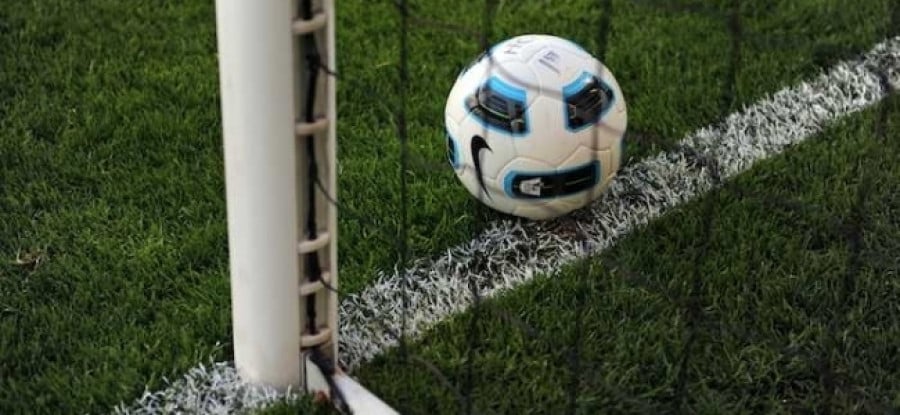Goal-line technology or instant replay (video evidence)?
Monday, 13 May 2013With the imminent introduction of Goal-Line Technology by FIFA and the Premier League Dr Marco Del Fabro, attorney-at-law, PROBST ATTORNEYS, Switzerland poses the question, “will Goal-Line Technology suffice?”.
While UEFA is still opposed to any kind of technological tools, FIFA has shown a more progressive attitude. In March 2012, the IFAB (International Football Association Board) i.e. the body that formulates the rules in football, summed up a decision which, in essence, would permit major tournaments such as the FIFA World Cup to use tools for determining whether a goal has been scored. Following the match between Ukraine and England in the UEFA European Football Championship 2012, when the Ukrainian goal from the attacker Devic was denied even though the English defender Terry clearly only blocked the ball behind the goal line, FIFA president Blatter went on the offensive to state: "The Goal-Line Technology is not an alternative, but a necessity."
It was therefore not a surprise when the IFAB, at its meeting held on 5th July 2012, unanimously decided to allow the use of Goal-Line Technology in the future. The systems that are currently favored by FIFA and deemed sufficiently reliable are the Goal Ref, the Cairos GLT System, the Goal Control System and the Hawk-Eye Technology. With regard to the Confederations Cup in Brazil 2013 FIFA decided to test the camera-based vision system of GoalControl.
But does the Goal-Line Technology suffice? The example of the un-recognized Ukrainian goal shows that a materially incorrect decision cannot be resolved merely with the use of the Goal-Line Technology. While this technology would have permitted the referee to see the goal in favour of Ukraine, it should still not have been granted because of a previous offside position. The Goal-Line Technology would therefore have led to an incorrect result.
Instant replay has been required on several occasions in recent years. It generally assists the referee and his assistants on sensitive or controversial scenarios and leads to more accurate decision making. It can also significantly assist in avoiding serious bad decisions which are not limited to the issue of the recognition of a goal. During the Argentina – Mexico quarterfinals of the FIFA World Cup 2010, the Argentinian Tevez scored a goal from a suspicious position. The referee and his assistant overlooked this offside. While the Mexicans complained immediately, the scene was accidentally shown on the stadium screen. Everyone in the stadium and the television viewers could easily see that Tevez stood about two meters offside when the ball was passed to him. However, the referee was prohibited from correcting his earlier decision because of the FIFA regulations. This example proves: Instant replay is superior to the Goal-Line Technology.
The experience in other sports, namely in ice hockey, demonstrates that 1) video evidence increases the acceptance of the referee's decisions, as well as the referee’s authority; 2) the flow of the game which, contrary to conflicting fears, is not excessively interrupted; and 3) video evidence can protect the referee against allegations of manipulation and partiality.
The benefits of instant replay are obvious, even with the few negative experiences in field of hockey with the "Video Umpire Decision". The latter presumably relies on the specific composition of the innovation, the quality of the footage and the total time until the final decision. The key question is, therefore, how the instant replay should be designed so that it assists the referee and does not affect the game.
The scope of the video evidence must be limited to match-deciding scenes. Has the ball crossed the goal line? Was the goal immediately preceded by an offside position? Should the referee decide in favour of a penalty kick? Has a player to be sent off? Often, the question will be whether a specific goal-scoring opportunity has been prevented or if one has been unduly created.
It has been stated on various occasions, including by former top German referee Markus Merk that it would be preferable if both teams had the opportunity to ask for a video consultation no more than twice in a game. As the experience in ice hockey has shown, this is not necessary. Referees prefer to re-examine a scene preferably one time too many rather than one less. Nobody wants to be confronted with allegations that he could have avoided a serious error. The decision of whether the instant replay should be used, must therefore, lie solely with the referee.
For video consultation, an additional assistant has to be used. He would perform his task in a protected area such as under the bleachers or in a custom-built space. Regardless of the use of technical assistance, the referee should first pass a decision and communicate it clearly in all the cases. If the situation, after the video footage has been viewed is still not clear, the (first) decision passed by the referee shall be binding.
The decision on the facts must be taken immediately on the pitch, if necessary by means of the instant replay. A subsequent change of the result can not be a feasible alternative. Therefore, the international federations may not be satisfied with the Goal-Line Technology, with its very limited scope. Several contentious passages of play remain outside the scope and cannot be verified, resulting in preventable poor match decisions. However, the change to using instant replay would happen gradually and not overnight.
It is now up to the international organizations to conduct the required fundamental research in these areas. As described above, instant replay would help to minimize competition distorting match decisions while keeping the appeal of the game. This is undoubtedly in everyone's interest.
The author has addressed the topic of instant replay in football in another detailed article in German published in the journal Causa Sport (2012 Issue 4, Pages 279 - 296, "No way around instant replay in football").
By Dr Marco Del Fabro, attorney-at-law, PROBST ATTORNEYS, Switzerland (www.probst-law.ch)

 Global Summit 2024
Global Summit 2024